How long does glass wool insulation last? The answer may surprise you
Plus, what it takes to make it last that long
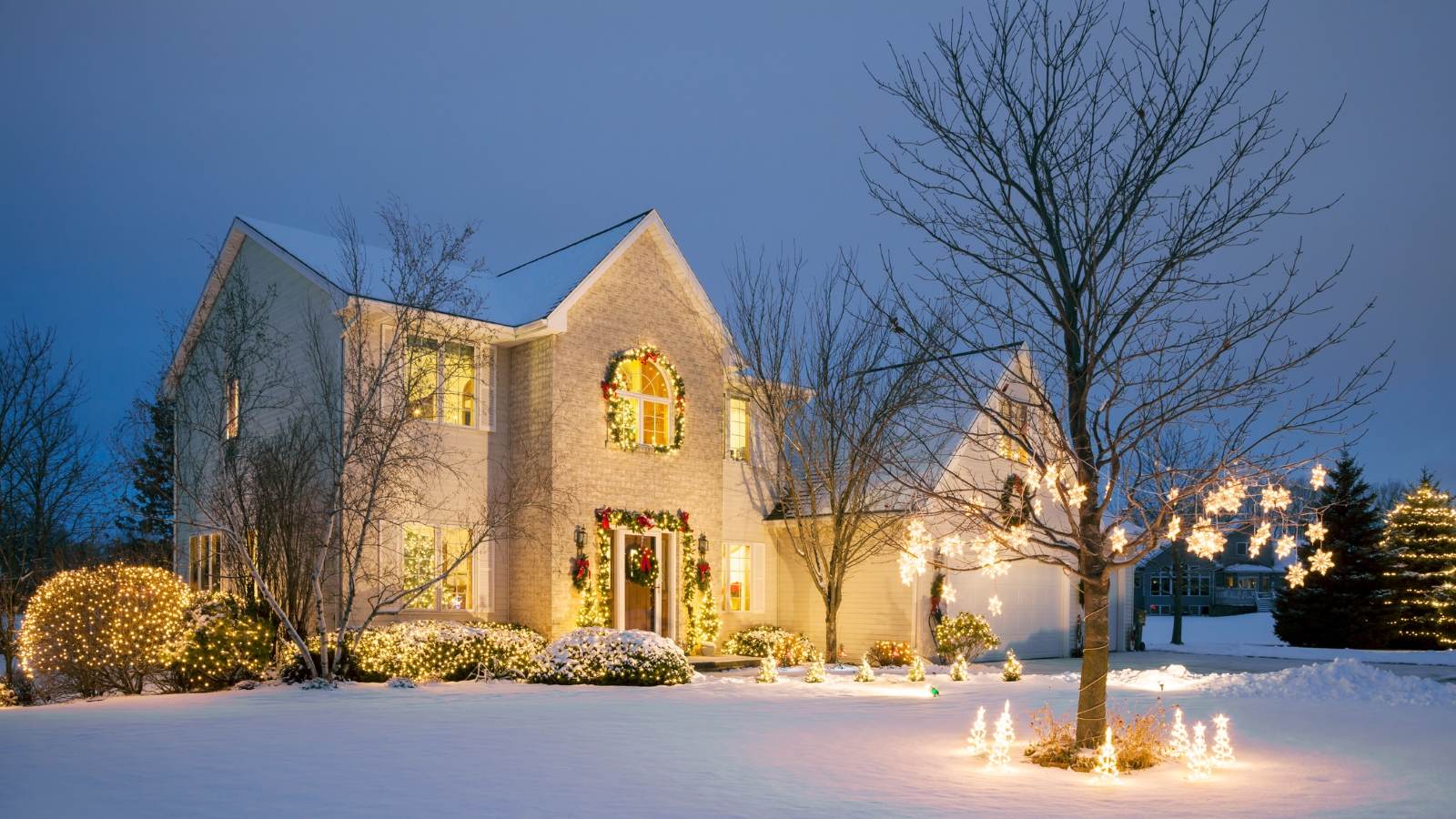
- What is glass wool insulation?
- What is glass wool insulation used for?
- Which areas of the home is glass wool insulation good for?
- Which climates suit glass wool insulation?
- Pro tips
- Maintenance needed
- Is it environmentally friendly?
- Difference to mineral wool
- Health risks
- How do I know if my insulation needs replacing?

Glass wool insulation is a popular choice for energy efficiency and comfort in homes, but how durable is it? Understanding its lifespan, benefits, and best applications can help homeowners maximize its value.
From sharing how to make it last up to half a century, to the best climate compatibility, our HVAC experts reveal everything you need to know about this popular form of insulation.
By knowing the signs its time to replace your insulation, what glass wool insulation is used for, and how long it lasts – you'll have an efficiently heated home in no time.
How long does glass wool insulation last?
Glass wool insulation typically lasts 25 to 50 years if installed and maintained properly.
Its durability depends on factors such as installation quality, exposure to moisture, and general wear and tear. Regular inspections can ensure its performance over the decades.
Josh Mitchell, HVAC technician and owner of Air Conditioner Lab, says, 'Though highly durable, factors that can affect the lifespan of glass wool insulation include installation quality, moisture expose and maintenance.
'Proper installation ensures no gaps or compression, maintaining performance for decades. A 5% compression can reduce effectiveness by 10% or more. If exposed to water, its lifespan can drop to less than 10 years. Regular inspections for moisture, damage, or pest issues can extend its effectiveness.'
What is glass wool insulation?

Glass wool is made from recycled glass melted and spun into fibers, creating a fluffy, wool-like material. It is lightweight, non-combustible, and excellent for thermal and acoustic insulation.
Wayne Scherger, brand president of iFOAM says, 'Glass wool insulation – often called fiberglass – is a material made by spinning molten glass into fine fibers, which are then bound together to create a wool-like texture. It’s one of the most common choices for insulating homes because it works so well at trapping heat and blocking sound. By creating tiny air pockets, it helps keep the heat in during winter and the heat out during summer.'
Scherger recommends trying BATT insulation (pre-cut rectangular insulation often made from mineral or glass wool), adding, 'iFOAM Fiberglass BATT insulation is an affordable option that provides thermal insulation. It’s a practical choice for those working within a budget.'
Glass wool insulation's combination of affordability and effectiveness make it a popular insulation type in attics and other areas of the home you should insulate. It's not however recommended for areas that are prone to moisture.
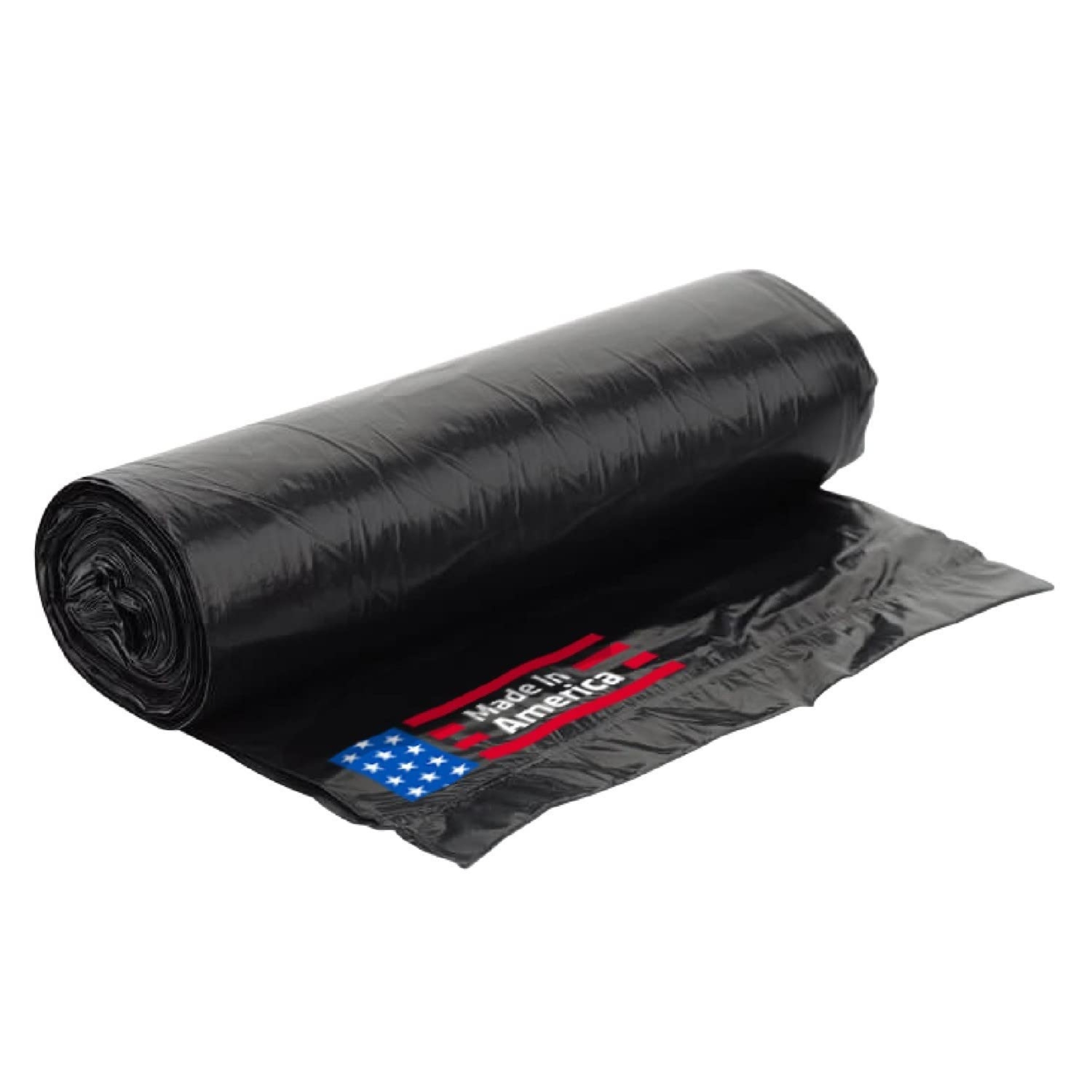
These reliable vapor barrier rolls are easy to cut with scissors, and perfect for adding that extra layer of moisture resistance to your walls, floors or crawl spaces when installing glass wool insulation.
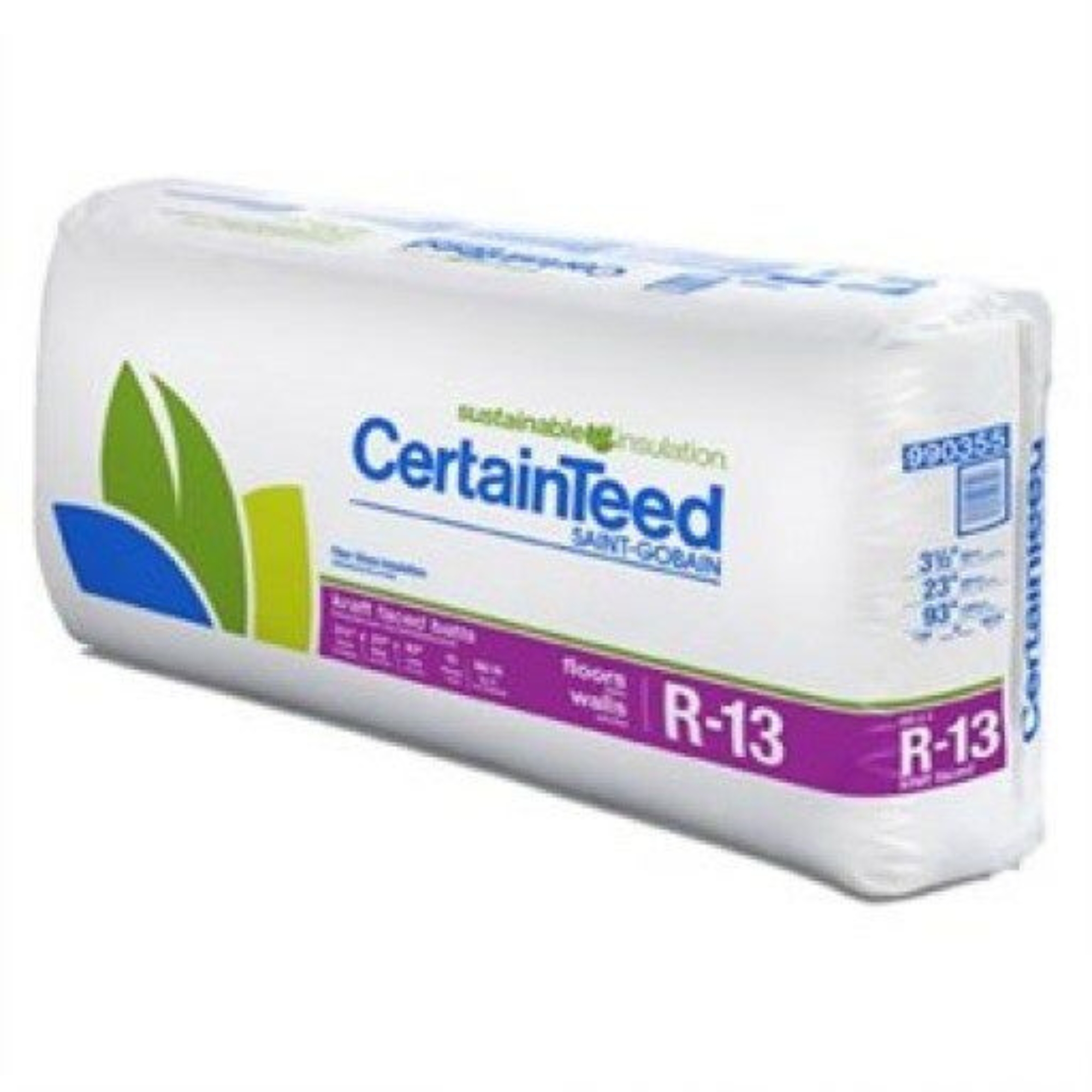
This high-quality glass wool insulation is popular with many of our HVAC pros. Sized for metal or wood framing and easy to install, it meets all thermal specifications and can be stapled of friction fit.
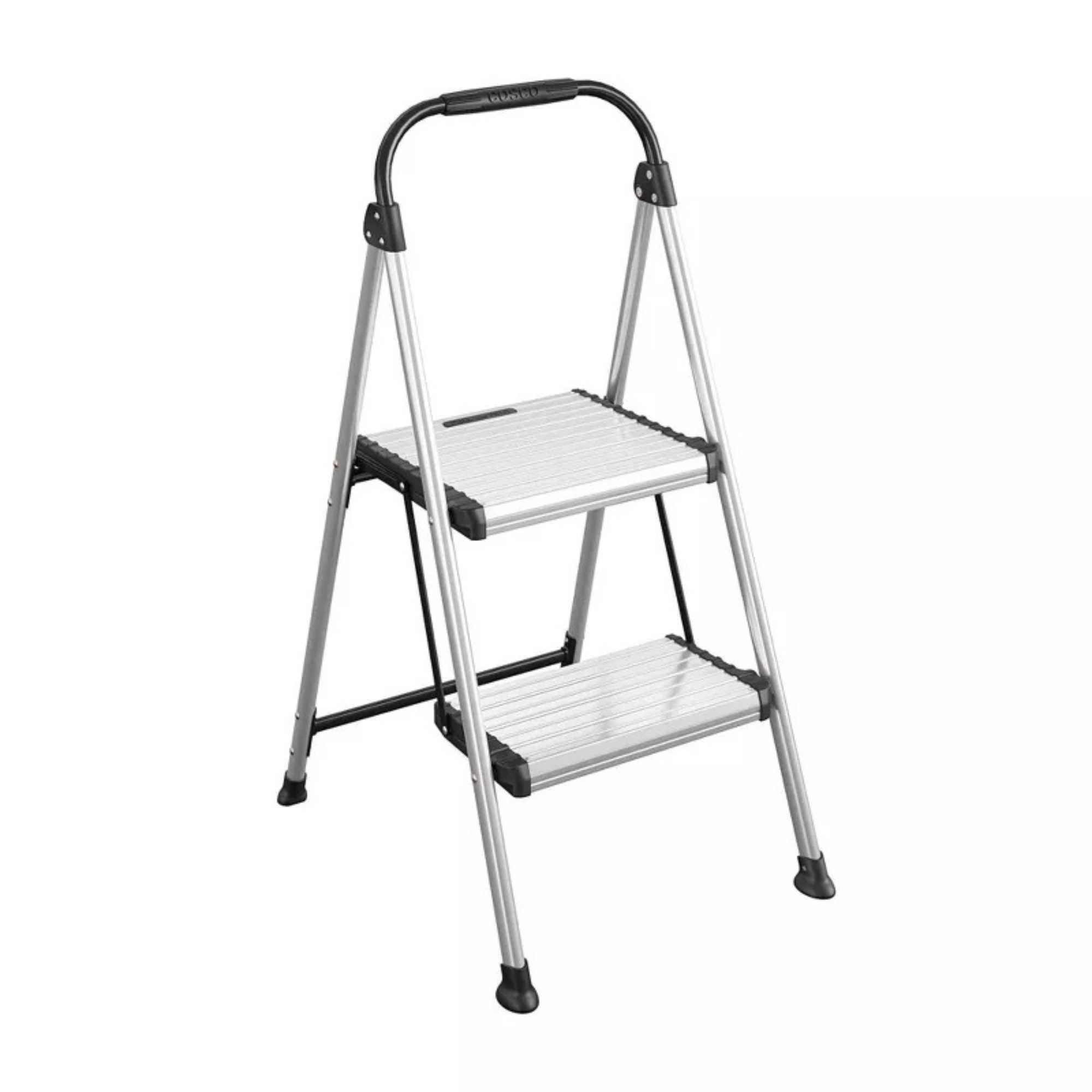
This lightweight but sturdy aluminum step stool is ideal for any household task, including installing glass wool insulation. Its slip-resistant leg tips ensure safety, and it folds flat for easy storage.
What is glass wool insulation used for?

Glass wool insulation is widely used for improving thermal and acoustic comfort in residential and commercial buildings.
It reduces heat transfer in walls, attics, and floors, making it a key component in energy-efficient designs. Additionally, it’s often used in industrial settings for insulating pipes and ducts due to its fire-resistant properties.
Mitchell says, 'Glass wool is a go-to material for thermal insulation, soundproofing and fire safety. Its thermal conductivity reduces heat loss in winter and heat gain in summer, which can lower energy bills by up to 30% annually in poorly insulated homes. Its dense structure helps reduce noise transmission by 5-8 decibels, making it ideal for walls, floors, and ceilings. It's also non-combustible and often rated for Class A fire resistance.'
Mitchell recommends Owens Corning R-19 Fiberglass Insulation Batts, available from Insulation4US, adding, 'These are ideal for attics and walls, covering up to 40 square feet per roll. These batts are pre-cut for easy DIY installation and provide excellent fire resistance.'
Which areas of the home is glass wool insulation good for?

Glass wool is versatile and works well in walls, ceilings, attics, and floors – so for most rooms in your home. It can fit into tight spaces, making it suitable for both new construction and retrofitting.
Glass wool's soundproofing properties also make it ideal for bedrooms, home theaters, music studios and home offices.
Jon Christensen, CEO of home improvement hub Bidmii, says, 'During the pandemic, I built an office in my basement. I needed a quiet escape from the kids running around, so I used thick glass wool on the interior walls. It dramatically cut down on the amount of noise penetration.'
Where glass wool doesn't perform so well is where moisture is likely to occur.
Scherger says, 'Glass wool is not the best option for areas that are exposed to a lot of moisture, like damp basements or crawl spaces that don’t have proper ventilation. When glass wool gets wet, it loses its insulating ability because water fills the air pockets that make it effective. For those spaces, you’d need to pair it with a good moisture barrier or consider other materials.'
For areas with high moisture, our experts agree that closed-cell spray foam is better suited, as it’s water-resistant and maintains its insulating properties. Check out our guide to the six areas of your home you should never insulate.
Which climates suit glass wool insulation?

Glass wool performs well in both hot and cold climates. It reduces heat transfer in the summer and retains warmth during winter, ensuring year-round energy efficiency.
However, it is less effective in extremely humid areas unless moisture barriers are installed.
Scherger says, 'In very humid environments, you’ll want to make sure it’s well-protected to prevent it from becoming waterlogged, which can reduce its effectiveness and lead to other issues like mold.'
Mitchell recommends Rockwool Comfortbatt R-15 Wool Batt Insulation from Lowe's as a good water-resistant alternative for humid climates.
Glass wool insulation top tips

HVAC pro Josh Mitchell reveals four top tips if you're considering glass wool insulation for your home. He says:
- Combine with radiant barriers: Adding a radiant barrier in the attic can reduce heat transfer by up to 15%, especially in hot climates.
- Seal air leaks before installation: Use caulk or spray foam to seal cracks and gaps before adding insulation. This prevents airflow and can reduce its effectiveness by up to 30%.
- Install vapor barriers where needed: Use vapor barriers in humid areas to prevent moisture absorption. A vapor barrier protects the insulation from moisture in humid climates. This is especially important for basements and crawl spaces.
- Upgrade in stages: If budget is a concern, focus on the attic first, as 25-30% of a home’s heat loss typically happens there.
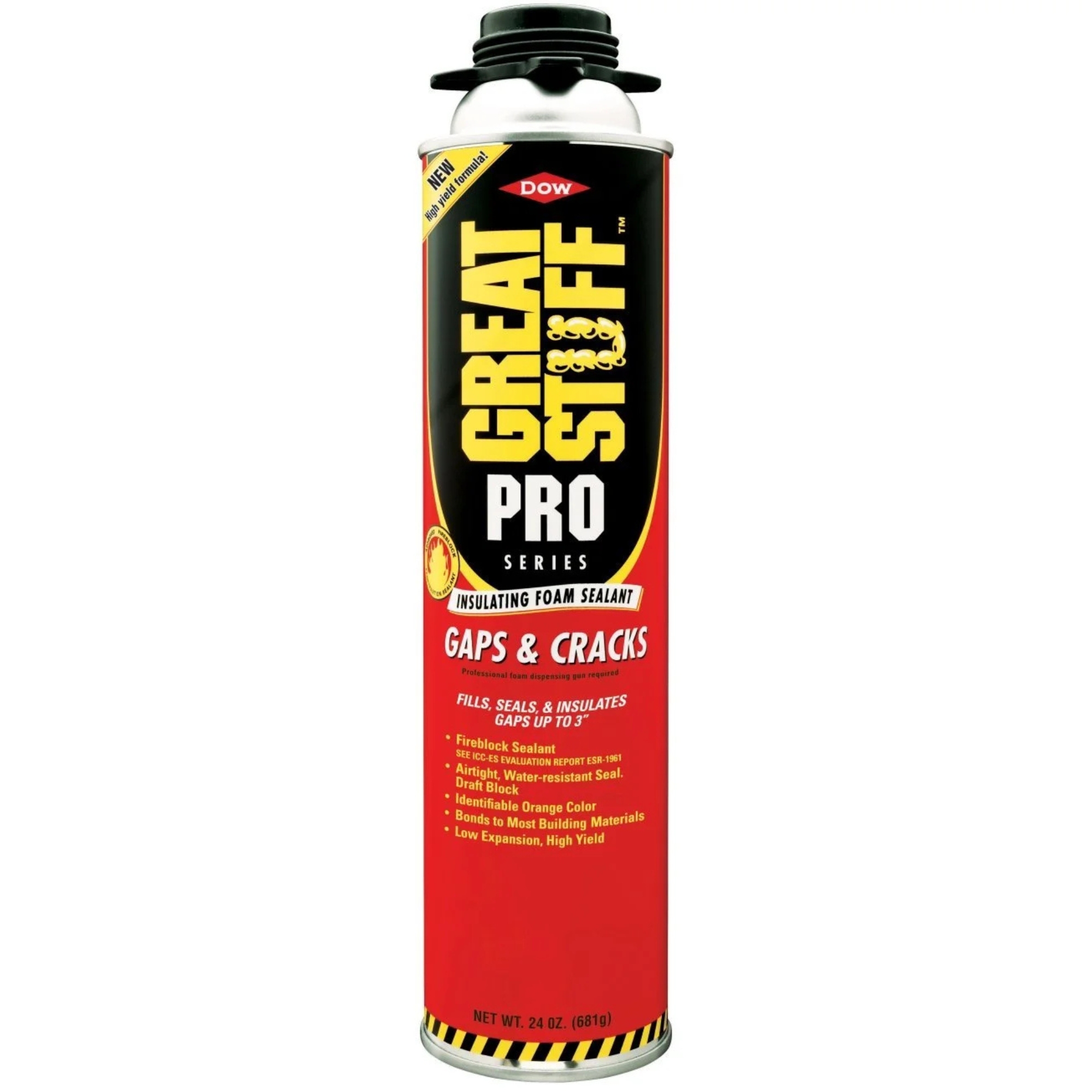
For spray foam sealant when addressing drafts or insulation, our experts highly recommend this high-quality sealant. Mitchell says, 'It's user-friendly, cost effective and great for DIY projects.'
FAQs
How much maintenance does glass wool require?
Glass wool insulation requires minimal maintenance. Periodic inspections are recommended to check for signs of moisture, compression, or pest activity.
Mitchell says, 'Glass wool is mostly maintenance-free, but it’s a good idea to inspect it every 1-2 years for signs of moisture (look for discoloration, sagging, or a musty smell), pest activity (check for nests or droppings), or settling (check that the insulation hasn't shifted or compressed, which can reduce its effectiveness).'
Promptly addressing any issues will ensure it continues performing effectively for its full lifespan.
Is glass wool insulation environmentally friendly?
Yes, glass wool is eco-friendly as it’s made from recycled glass. Additionally, its energy-saving properties reduce greenhouse gas emissions.
Proper disposal and recycling at the end of its life cycle further minimize environmental impact.
What's the difference between glass wool and mineral wool?
Glass wool is made from recycled glass, while mineral wool is produced from molten rock or slag. Glass wool is lighter and more cost-effective, while mineral wool offers superior moisture resistance and fireproofing.
Both are effective insulators but serve slightly different needs.
Can glass wool insulation cause health issues?
When handled properly, glass wool is safe. During installation, it can release fibers that may irritate the skin, eyes, or respiratory system, so protective gear is essential.
Once installed, it poses no health risks as the fibers are contained.
How do I know if my insulation needs replacing?
Signs of aging insulation include reduced indoor comfort, higher energy bills, or visible damage like sagging or mold growth.
Mitchell adds, 'Also look out for temperature fluctuations. If certain areas of your home feel consistently colder or hotter, gaps or compressed insulation might be the cause.'
A professional inspection can confirm whether replacement is necessary. Regular assessments can help you address issues early.
Now you know how long glass insulation lasts and so much more with our pro tips. Glass wool insulation is a durable, versatile, and cost-effective solution for improving your home's energy efficiency and comfort. With proper care and maintenance, it can last up to half a century, making it a wise investment for any homeowner.
Next, check out these smart and easy basement insulation ideas.
Sign up to the Homes & Gardens newsletter
Design expertise in your inbox – from inspiring decorating ideas and beautiful celebrity homes to practical gardening advice and shopping round-ups.

With more than a decade of experience writing news, lifestyle, consumer, and human interest articles for a wide range of national and international publications, Andy is a highly-qualified journalist writing features for the national press. From front porch to backyard, attic to basement, Andy has written about every area of the home. He specialises in bringing together the best industry expertise to answer all of your most pressing home and garden questions about seasonal and everyday cleaning, decluttering, organizing and DIY.
-
 Extend the lifespan of your appliance with 5 simple but crucial washing machine maintenance tips
Extend the lifespan of your appliance with 5 simple but crucial washing machine maintenance tipsFrom cleaning the filters to keeping the door open, experts reveal the washer tips they swear by
By Andy van Terheyden Published
-
 These are the 6 must-have colors to decorate with in April 2025
These are the 6 must-have colors to decorate with in April 2025What do retro-inspired yellows and beautiful blues all have in common? They're on our hot list for the season ahead
By Sophia Pouget de St Victor Published
-
 Why does my house feel damp? Experts reveal the 7 common reasons, risks and fixes to apply right now
Why does my house feel damp? Experts reveal the 7 common reasons, risks and fixes to apply right nowIf your house smells musty, there might be underlying damp to sort out
By Sophie Warren-Smith Published
-
 Do you have condensation on the outside of your windows? This simple rule of thumb determines if it's normal, or a sinister warning sign
Do you have condensation on the outside of your windows? This simple rule of thumb determines if it's normal, or a sinister warning signHVAC pros share expert insight
By Ciéra Cree Published
-
 HVAC pros reveal 2 'Goldilocks' ranges for the ideal room temperature in bitter winter – it differs from day to night, and room to room
HVAC pros reveal 2 'Goldilocks' ranges for the ideal room temperature in bitter winter – it differs from day to night, and room to roomKeeping rooms at the right temperature is vital for comfort and efficiency
By Ciéra Cree Published
-
 HVAC pros say this is the most efficient heating schedule to keep you warm at home all day – and why automating it is the best move
HVAC pros say this is the most efficient heating schedule to keep you warm at home all day – and why automating it is the best moveThere’s no one-size-fits-all – here’s how to tailor heating to your home
By Chiana Dickson Published
-
 How dust and dirt increases your energy bills – plus 5 ways HVAC pros deal with it to cut costs
How dust and dirt increases your energy bills – plus 5 ways HVAC pros deal with it to cut costsThese cleaning tips could save you hundreds
By Chiana Dickson Published
-
 Is your house heating unevenly? HVAC pros reveal 5 common reasons, plus their top tricks for consistent heating throughout your home
Is your house heating unevenly? HVAC pros reveal 5 common reasons, plus their top tricks for consistent heating throughout your homeEliminate hot and cold spots with these fixes
By Chiana Dickson Published
-
 What is a zoned heating HVAC system? We get the lowdown from the pros
What is a zoned heating HVAC system? We get the lowdown from the prosThis expensive addition could actually save you money
By Sophie Warren-Smith Published
-
 I spent years trying to combat window condensation – then a simple dish-soap trick turned out to be the key all along
I spent years trying to combat window condensation – then a simple dish-soap trick turned out to be the key all alongThe dish soap condensation hack takes five minutes to do, is oh-so effective, and cleaning pros love it
By Eve Smallman Published